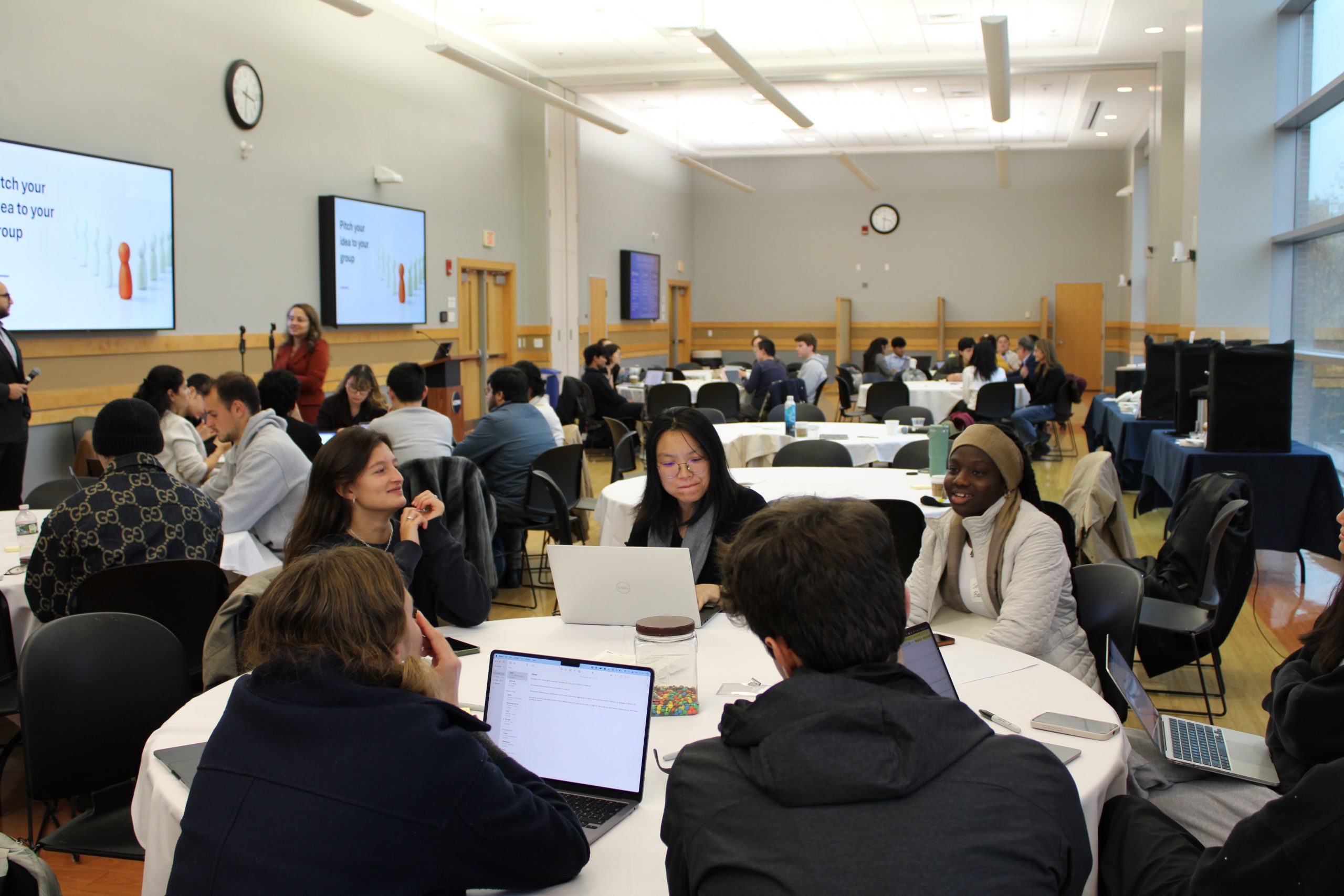
The UConn Center for Land Use Education and Research (CLEAR) has teamed up with the Connecticut Department of Environmental Protection (DEP) to create a website compiling user-friendly digital maps of state land use, natural resources, and environmental information. The site is intended as a tool for land managers, city planners, and also the general public.
“I’ve used the word ‘democratization’ in reference to this site,” says Chet Arnold, associate director of CLEAR. “This enables most people, not just specialists, to access all kinds of environmental and natural resource data.”
The website, Connecticut Environmental Conditions Online, or CT ECO, combines Connecticut street maps with data on soil types and quality, land cover, above- and below-ground water resources, geological structures, and habitats for endangered species. Similarly to other online mapping interfaces, such as Google Maps, users can search for addresses and zoom in and out to see maps of whole counties or on scales as fine as 500 feet.
Based within the College of Agriculture and Natural Resources, CLEAR’s mission is to provide information, education, and assistance to Connecticut’s land-use managers. Using remote sensing technology, the Center provides extensive data on Connecticut’s land cover, from a recent report on forest fragmentation over the last 21 years to innovative online planning tools for stormwater runoff and habitat protection.
The CT ECO project grew out of an existing partnership with DEP to create a website archiving natural resource and land-use data, called the Community Resource Inventory Online (CRI). But, says Arnold, that website was geared primarily toward specialists.
“The CRI site was really focused on land use decision-makers and planners,” he says. “We took a lot of time to winnow down all the data out there to a small number of succinct data layers that planners needed to have.”
The CT ECO project, however, was a way to combine DEP’s vast amount of environmental data with user-friendly technology and accessibility.
“The DEP are keepers of very large amounts of natural resource information,” says Cary Chadwick, a geospatial educator at CLEAR who helped launch the site. “In the past they had put the data on CDs and made it available to the public. But then they came to us and wanted to take their whole data catalog and make it more accessible.”
Chadwick says the advanced technology used to create CT ECO allows city planners to access the state’s geographic information systems, or GIS, data through an internet connection and overlay the map layers on their local data in their own desktop GIS software.
But, she notes, you don’t have to have GIS knowledge to use the information: the site also allows anyone to view natural resources information for their county, town, or their own backyard in their Web browser.
For example, zooming in on the habitat and water quality maps of the UConn campus reveals that Cedar Swamp Brook is lined with areas that provide habitat for important state species, while Eagleville Brook, which runs along North Eagleville Road, does not meet local water quality standards.
Chadwick is working on technology that would allow people without GIS knowledge to download a file they could overlay on a digital satellite map, such as Google Earth, on their personal computers. This capability would be especially useful for teachers, she says.
Arnold says he hopes in the long term to convince other state agencies to participate in online resource data sharing, to make the CT ECO site even more valuable for Connecticut citizens.
The CLEAR team plans to host an interactive webinar at the end of February to demonstrate how to use the site. Past webinars on other CLEAR tools have drawn more than 100 attendees. Arnold hopes the February event will help spread the word that CT ECO can be used by anyone.
“If people want to print a pdf map, they can do that,” he says. “If they want to analyze an area by overlaying a number of data layers, they can do that. If they’re GIS people and want to connect directly to data on the site, they can do that. CT ECO provides a resource for people from any background to access information for any purpose.”
Adds Chadwick, “We like to think it will be a one-stop shop for statewide natural resources information.”


